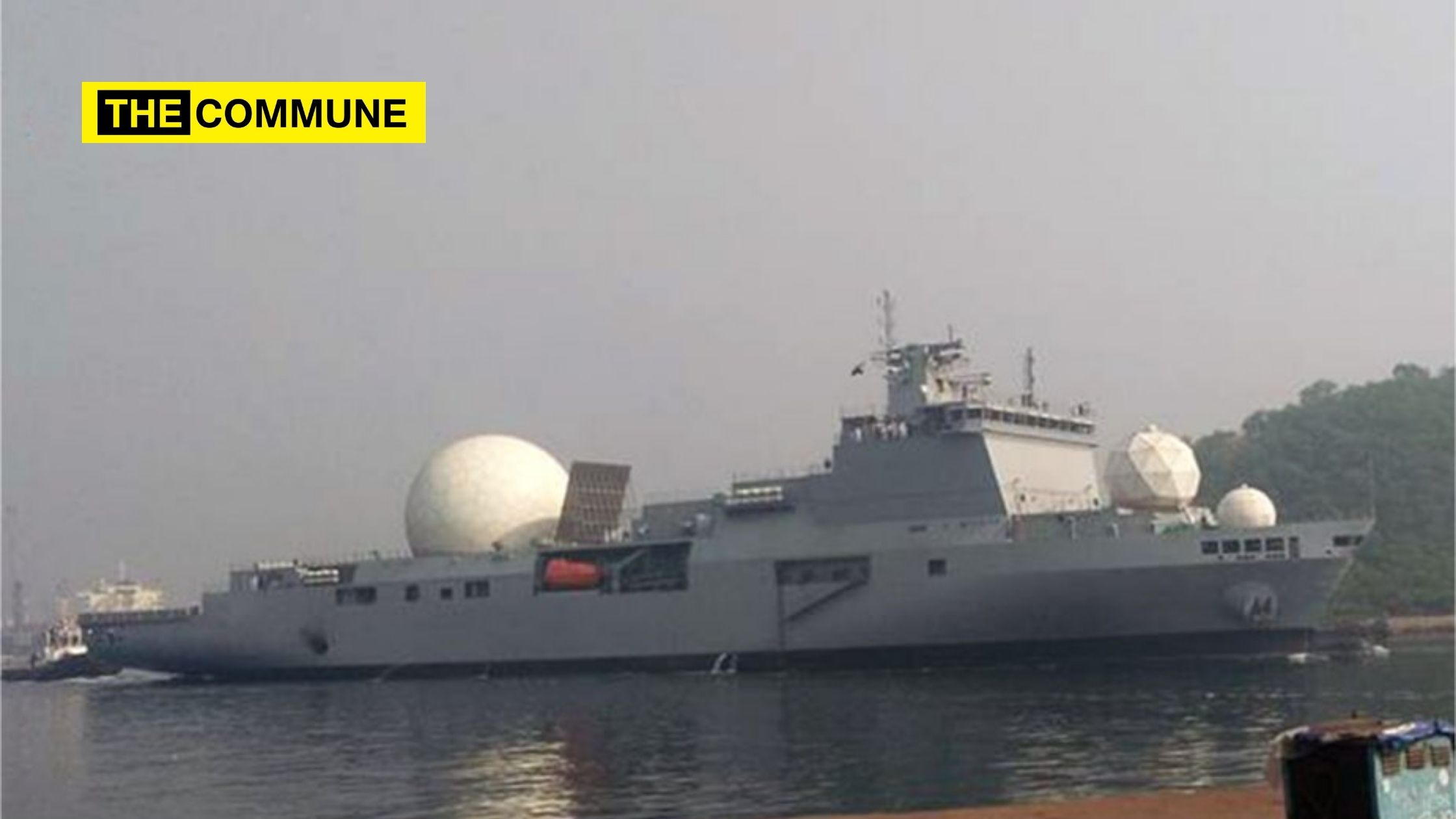
The Indian Navy will commission India’s first satellite and ballistic missile tracking ship, INS Dhruv, code designation VC-11184 on 10 September becoming a select group of nations to have such capabilities including France, the US, the UK, Russia, and China that operate such ships.
INS Dhruv will not only track the satellite and ballistic missiles but also has the capability to detect enemy submarines and map ocean beds for research. It will serve as a “force multiplier” for the Indian Navy by enhancing and assisting in planning “subsurface [submarine], surface, and aerial offensive operations.
INS Dhruv has been built by the Hindustan Shipyard in collaboration with the Defence Research and Development Organisation (DRDO) and the National Technical Research Organisation (NTRO), and is likely to be commissioned by National Security Advisor Ajit Doval from Visakhapatnam.
Both China and Pakistan have nuclear ballistic missile capability and INS Dhruv will give India the advantage and it will become an important part of 360-degree maritime domain awareness in the Indo-Pacific at the time when the era of underwater armed and surveillance drones has dawned.
The ship is equipped with DRDO developed state of the art active scanned array (AESA) which will give India the capability to understand the true missile capability of the adversary when they test their ballistic missiles and help the Indian Navy in planning better military operations in all three dimensions- sub-surface, surface, and aerial.
There are also reports that a second, smaller (118 meters long) surveillance vessel with specialised in tracking cruise missiles is under construction at the Cochin shipyard.
Click here to subscribe to The Commune on Telegram and get the best stories of the day delivered to you personally.




